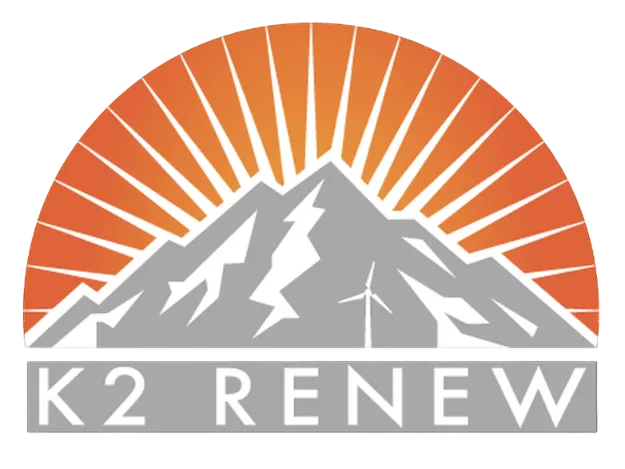Weekly Ag Watch: Trade Shocks, Policy Moves, and a Fresh Bird Flu Threat
This week’s ag news roundup covers China’s pivot to Brazilian sorghum, stalled India-EU trade talks, USDA’s controversial reorg plan, hidden farm bill changes in Congress, and a fresh bird flu outbrea... ...more
Agriculture News
September 12, 2025•9 min read

Global Food Prices Spike on Meat and Oil Demand
Global food prices surged in August, reaching a two-year high as vegetable oil and meat costs soared. The FAO warns the spike reflects deeper vulnerabilities in global food systems tied to climate, en... ...more
Agriculture News
September 08, 2025•4 min read
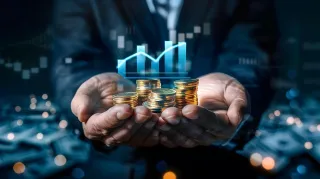
Biofuel Rules to Absorb More Than Half of U.S. Soybean Oil
For the first time, more than half of U.S. soybean oil will go to biofuel production, signaling a major shift in agriculture. While the move supports clean energy goals, it raises concerns about food ... ...more
Agriculture News
September 08, 2025•5 min read
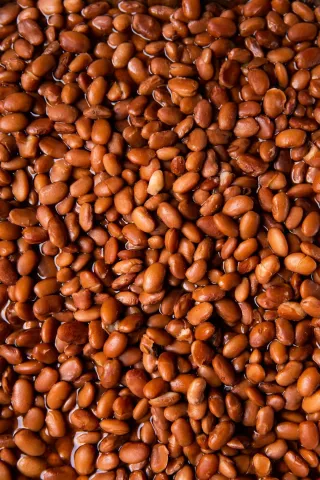
Maryland Confirms Flesh-Eating Parasite Case Not Isolated
A rare human case of the flesh-eating screwworm parasite in Maryland has reignited biosecurity concerns nationwide. While the infection appears isolated, federal officials are ramping up surveillance ... ...more
Agriculture News
September 08, 2025•5 min read
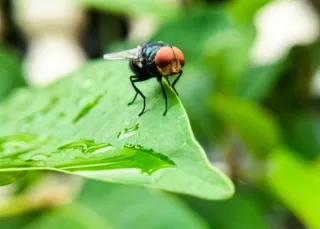
Point Reyes Dairy Buyouts Reshape California’s Farming Landscape
A sweeping federal buyout of 12 organic dairies in Point Reyes signals a historic shift from agriculture to ecological restoration. The controversial move redefines California’s coastal landscape and ... ...more
Agriculture News
September 08, 2025•4 min read
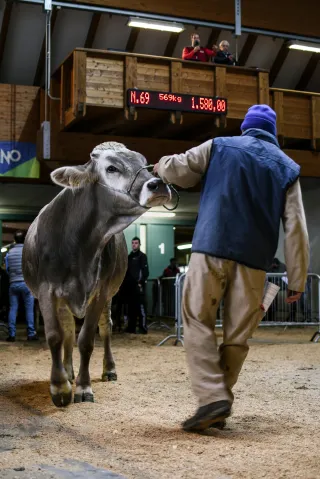
WMO Signals La Niña’s Return, Agriculture Faces Mixed Weather Outlook
La Niña is poised to return, with a 55% chance of development by November, signaling mixed weather impacts for global agriculture. From drought risks in East Africa to potential bumper crops in Brazil ...more
Agriculture News
September 08, 2025•4 min read
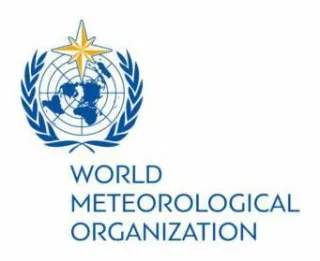
Agriculture News for the Week of Sept. 1, 2025
From shifting global prices to invasive pests and federal workforce cuts, this week’s top agricultural headlines reveal a sector grappling with both volatility and transformation. ...more
Agriculture News ,News Roundup
September 05, 2025•6 min read

What Happens to Your Land When You Sign a Solar Lease?
Discover what happens when you sign a solar lease how land use may change, what access you retain, farming possibilities during the lease, and how your land is restored when the agreement ends. ...more
Landowner Info
September 02, 2025•6 min read
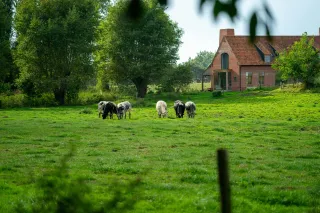
What Makes a Site Ideal for Utility-Scale Solar?
Discover the key features developers look for in utility‑scale solar sites flat, contiguous land; strong sunlight; grid access; favorable zoning; and financial viability so you can assess your land’s ... ...more
Landowner Info
September 02, 2025•5 min read
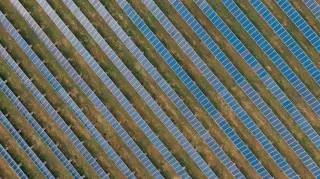
What Happens at the End of a Solar Lease? Land Restoration Explained
Learn what happens at the end of a solar lease, including the decommissioning process, land restoration steps, and your options to resume farming, renew your lease, or repurpose your land. ...more
Landowner Info
September 02, 2025•5 min read
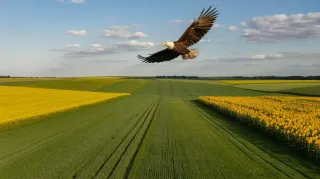
STILL NOT SURE?
Frequently Asked Questions
Landowner Questions: What You Need to Know Before Leasing Your Land
Do I still own my land if I sign a lease?
Yes. A lease is not a sale. You retain full ownership of your land. Only the leased portion is temporarily used for the energy project, and the rest remains yours to use or sell.
How much land do I need to qualify for a project?
Large-scale solar or wind projects typically require at least 300 acres of developable land. Smaller parcels (20–100 acres) may qualify if combined with neighboring properties or if the area supports smaller-scale distribution projects.
What makes land a strong candidate for energy development?
Key factors include:
Proximity to a high-voltage power line or substation (typically within 1–3 miles)
Flat or gently rolling terrain
Minimal slope, wetlands, or floodplain areas
100+ contiguous, usable acres
Favorable zoning or potential for rezoning
Can I still farm or use my land after signing a lease?
Yes—during the development phase (typically 2–5 years), most land remains usable for farming, grazing, or hunting. Once construction begins, access is restricted, and the land becomes an active project site.
How much money can I earn from a lease?
Lease rates vary by location, infrastructure access, and market demand. In most cases, energy leases provide higher and more stable income than traditional farming or ranching.
When do lease payments begin?
Initial payments often begin during the development phase, before construction starts. Once the project is operational, payments increase to the full lease rate.
What happens if the project gets canceled after I sign?
All agreements include termination clauses. If the project doesn’t proceed, your land reverts to full use and you retain any payments already made. Terms vary by contract and are discussed upfront.
Will my land be restored after the lease ends?
Yes. All K2 Renew leases include decommissioning and land restoration clauses, requiring the developer to remove equipment and return the site to its original condition.
Can I sell my land during the lease term?
Yes. You can sell your land at any time. The lease agreement transfers with the property, and the new owner must honor the existing terms.
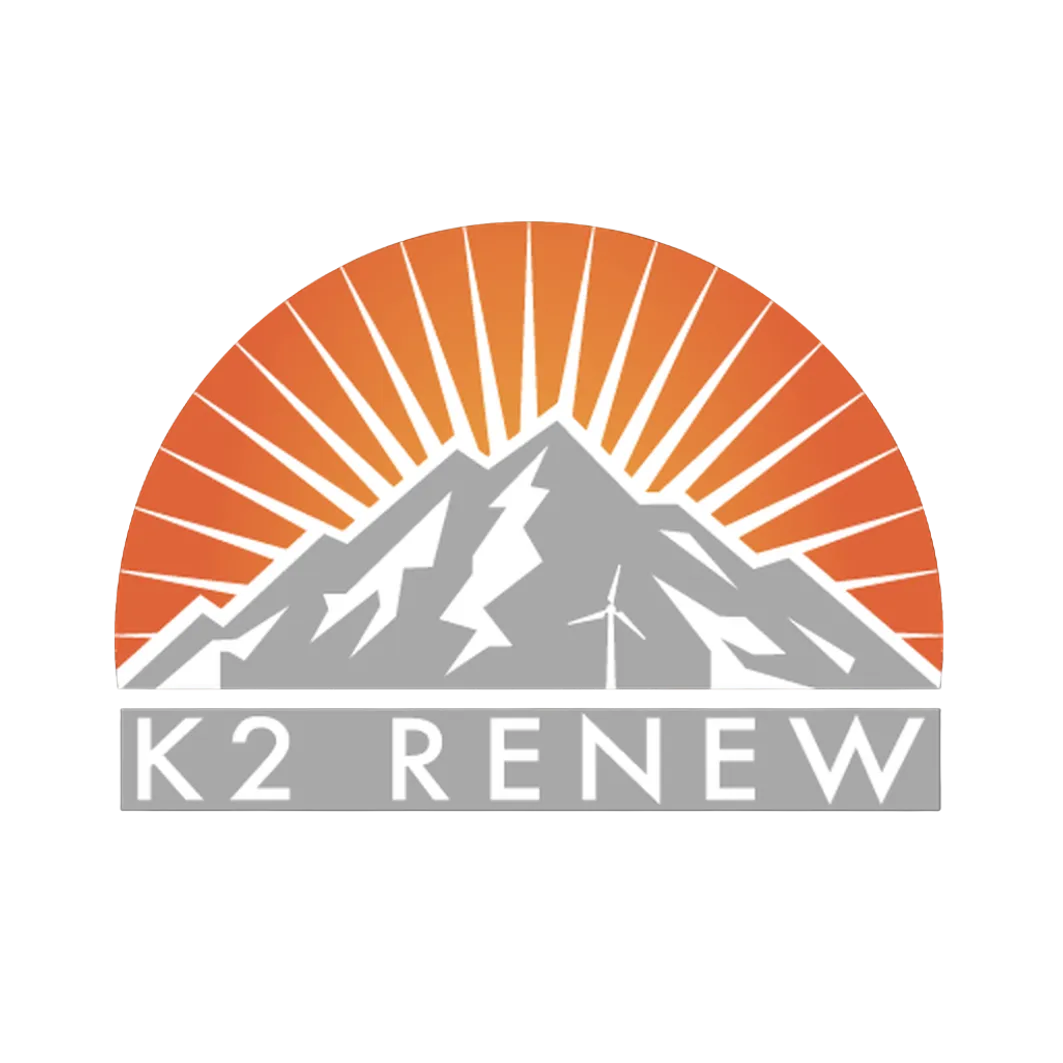
Mailing Address
1905 Sherman Street, Suite 200
Denver, Colorado 80203
